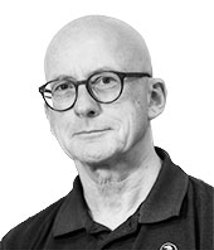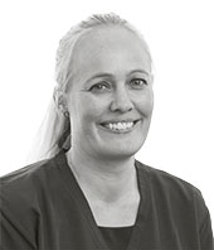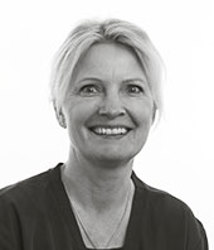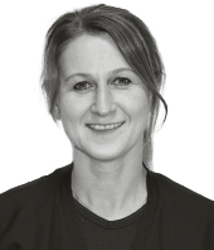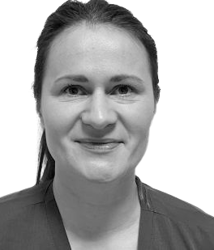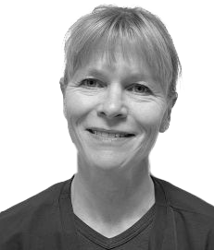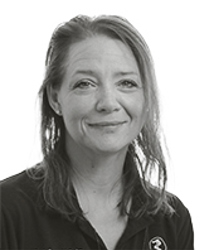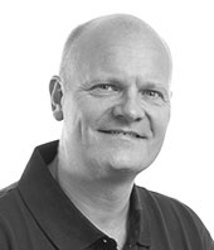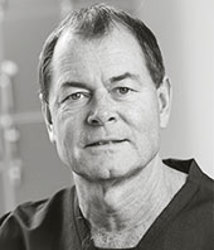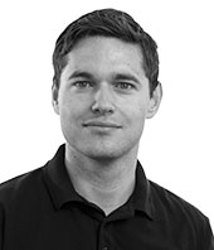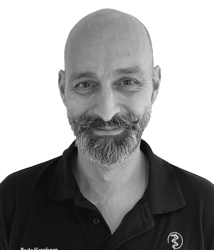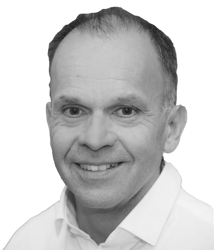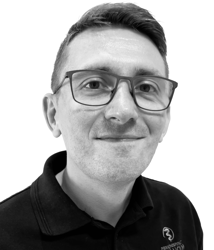DC conversion
We use this patient information to welcome you to the Heart Clinic of Private Hospital Molholm and to provide you with information on DC (“direct current”) conversion.
The purpose of DC conversion
If you have quick or irregular cardiac rhythm (atrial fibrillation) you may be offered a procedure called DC conversion. During a DC conversion, the heart is given an electrical shock in order to revert it to its normal regular cardiac rhythm, called sinus rhythm.
Medication prior to the procedure
If you have not taken adequate blood-thinning medicine (Marevan, Xarelto, Eliquis or Pradaxa) for 3-4 weeks prior to the DC conversion, we always carry out a special ultrasound examination via your oesophagus – a TEE examination (or Trans Esophageal Echocardiography) – which is carried out under general anaesthetic. We do this to exclude any formation of blood clots in the left atrium. However, this is not necessary if the atrial fibrillation has lasted less than 48 hours.
Your day of treatment
You must be fasting, i.e. have refrained from taking any solid foods, for a minimum of six hours prior to your arrival time. However, you are permitted to take drinks (except dairy products) until two hours prior to your time of arrival.
You must take your usual morning medication.
The DC conversion is performed in a ward with an anaesthesiolgist and a nurse present.
A line will be inserted into a vein in your hand. An ECG will be performed and your blood pressure, pulse and INR will be measured.
The treatment is performed by two gel-like pads being placed on your chest together with three electrodes which allow us to monitor your cardiac rhythm during treatment.
You will sleep for a short period (approx. 5-10 min.) while the DC conversion is performed. You will recover from the sedation quite quickly and will be offered food and drink.
You may be discharged after 1-2 hours once you feel comfortable.
Prior to discharge, the next steps to be taken will be agreed, including any changes in medication. This also applies in the event that we are not successful in DC-converting you to a normal cardiac rhythm.
Due to the anaestesia, you are not permitted to drive a vehicle nor be on your own for the next 24 hours.
Specialists and practitioners
